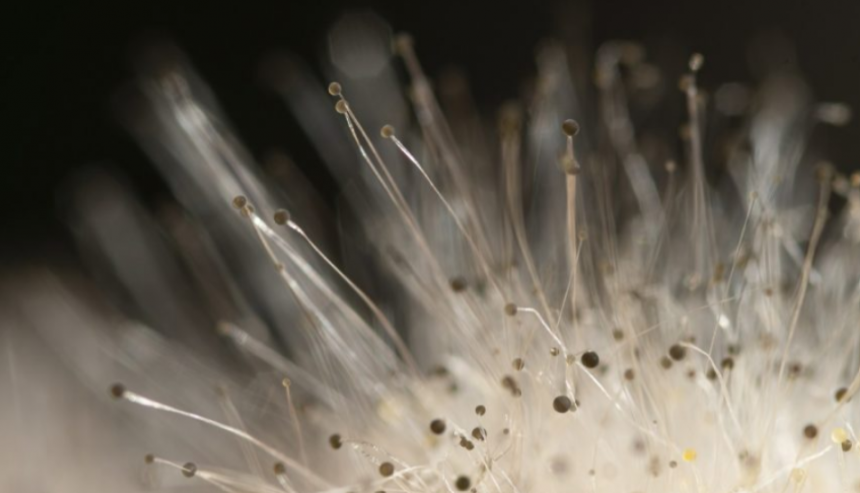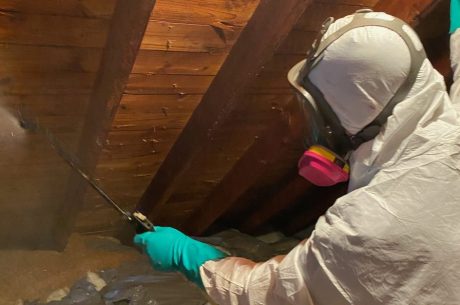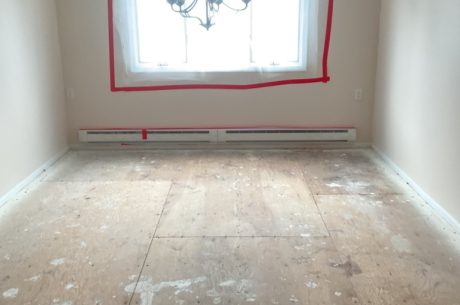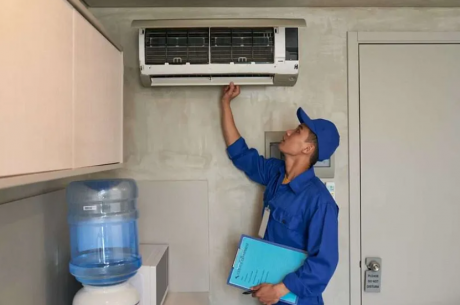In the silent corners of our homes, mold lurks, an unwelcome guest that can wreak havoc on our health and our living spaces. Have you ever wondered how long it takes for mold to grow? It’s a question that often arises, especially when faced with damp environments or unexpected leaks.
Join me as we delve into the fascinating world of mold growth, uncovering the factors that influence its development and exploring how we can prevent its insidious spread.
How Long Does It Take for Mold to Grow?
The emergence of mold is a concern for many homeowners, renters, and property managers alike. Understanding the timeline of mold growth is crucial for effectively managing and preventing its proliferation. So, just how long does it take for mold to grow?
The answer isn’t straightforward, as several variables influence mold growth, including environmental conditions, the type of surface, and the presence of moisture. However, under ideal conditions, mold can begin to colonize within 24 to 48 hours after exposure to moisture. This rapid onset highlights the urgency of addressing water damage promptly to prevent mold from taking hold.
Mold spores are omnipresent in our environment, lying dormant until they encounter moisture and suitable conditions for growth. Once activated, they can swiftly multiply, forming visible colonies and releasing potentially harmful spores into the air.
The speed at which mold develops depends on various factors:
Moisture Levels: Mold thrives in moist environments, with relative humidity above 60% providing optimal conditions for growth. Water leaks, flooding, condensation, or even high humidity levels can create the moisture necessary for mold to flourish.
Temperature: Mold prefers temperatures between 77°F and 86°F (25°C and 30°C), although it can grow in a wider range of temperatures. Warmer environments accelerate mold growth, while colder temperatures may slow it down but rarely halt it entirely.
Organic Material: Mold requires organic matter to sustain its growth. Common substrates include wood, drywall, carpeting, and fabrics. Porous materials provide ample nutrients for mold to thrive and can be more challenging to clean once infested.
Ventilation and Airflow: Poor ventilation can exacerbate moisture issues by trapping humid air indoors, creating stagnant conditions conducive to mold growth. Adequate airflow helps to reduce moisture buildup and promote drying, hindering mold development.
Type of Mold:
Different types of mold have varying growth rates and preferred conditions. Some molds, like Aspergillus and Penicillium, are fast-growing and commonly found indoors, while others, such as Stachybotrys (black mold), typically thrive in water-damaged environments.
Given these variables, it’s essential to act swiftly at the first sign of water damage or excessive moisture to mitigate the risk of mold growth. Promptly addressing leaks, improving ventilation, and maintaining indoor humidity levels below 60% can help prevent mold from taking hold.
In the unfortunate event of mold infestation, professional remediation may be necessary to ensure thorough removal and prevent recurrence. Mold remediation experts employ specialized techniques and equipment to safely eliminate mold colonies and restore affected areas to a healthy condition.
In conclusion, while the exact timeline of mold growth varies depending on environmental factors, moisture is the key catalyst. By promptly addressing water damage, controlling humidity levels, and promoting proper ventilation, we can safeguard our homes and businesses against the insidious threat of mold. Stay vigilant, stay proactive, and together, we can combat mold’s encroachment on our living spaces.
Hire a mold removal company in New Jersey – (877) 750-7876
If you suspect mold growth in your New Jersey home or want to ensure a mold-free environment, contact PuroClean Emergency Recovery Services in New Jersey at (877) 750-7876. Our expert team is committed to providing superior mold remediation services, safeguarding the well-being of your home and family.
How quickly can mold make you sick?
The timeframe for mold to cause health issues can vary significantly depending on individual susceptibility, the type of mold present, and the extent of exposure. Some people may experience symptoms shortly after exposure to mold, while others may develop health problems over time with prolonged exposure.
For some individuals, exposure to mold spores or mycotoxins (toxic substances produced by certain molds) can lead to allergic reactions, respiratory issues, or exacerbation of pre-existing conditions such as asthma or allergies. Symptoms may include coughing, wheezing, nasal congestion, throat irritation, skin rashes, and eye irritation. In more severe cases or with prolonged exposure to high levels of mold, individuals may experience more serious health effects such as fungal infections or toxic mold syndrome.
It’s important to note that not everyone exposed to mold will experience health problems, and the severity of symptoms can vary widely among individuals. However, vulnerable populations, such as infants, elderly individuals, pregnant women, and those with compromised immune systems, may be at greater risk of experiencing adverse health effects from mold exposure.
Will a one time leak cause mold?
While a single instance of water intrusion may not always result in mold growth, it can create conditions conducive to mold development if not promptly addressed. Mold requires moisture, a food source (organic materials), and favorable environmental conditions to thrive. If water from a leak or spill is not properly dried and the affected area remains damp, mold spores present in the environment may colonize and begin to grow within as little as 24 to 48 hours.
Additionally, even if visible mold growth does not occur immediately after a one-time leak, hidden moisture within wall cavities, ceiling voids, or under flooring can promote mold growth over time. Therefore, it’s essential to thoroughly dry and properly remediate water-damaged areas to prevent mold growth and mitigate the risk of health issues associated with mold exposure.
In summary, while mold-related health problems can occur relatively quickly after exposure for some individuals, the timeline can vary widely. Promptly addressing water damage and ensuring thorough drying and remediation of affected areas are crucial steps in preventing mold growth and minimizing health risks associated with mold exposure.




 PuroClean Emergency Recovery Services
PuroClean Emergency Recovery Services